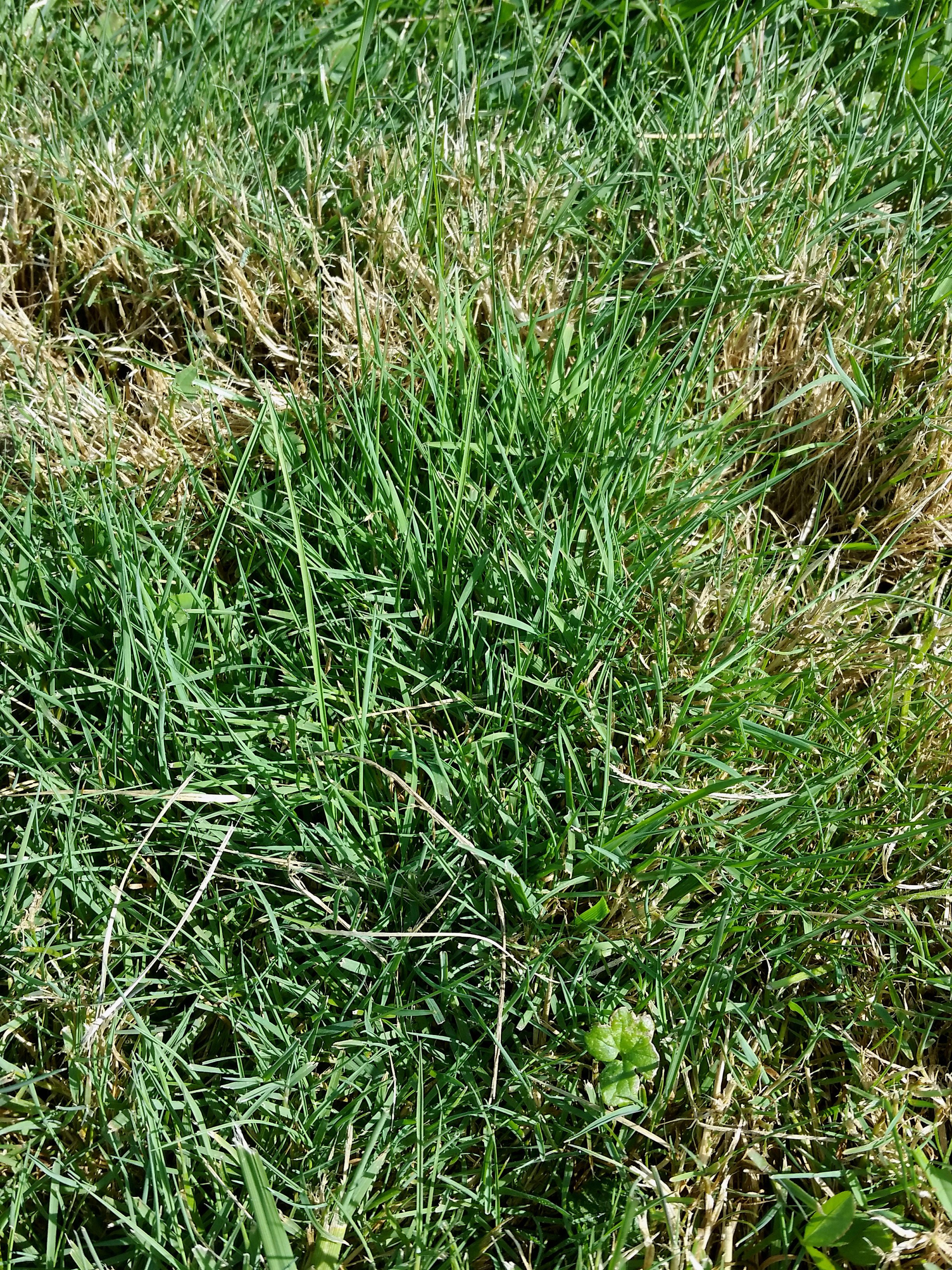Red Fescue Planting: How To Grow Creeping Red Fescue Grass

Many people are turning to low maintenance grasses for their lawn care needs. While there are a number of these grasses available, one of the lesser known types - creeping red fescue - is becoming more popular. Read on to learn more about red fescue grass.
About Red Fescue Grass
What is Red Fescue?
Creeping red fescue grass (Festuca rubra) is a perennial lawn grass in USDA planting zones 1-7 and an annual grass in zones 8-10. Native to Europe, this cool season grass needs moist soil until it is established. However, once it is established, it has a very deep root system and is very resistant to wear and drought. Red fescue has very fine blades and a very attractive emerald green color when well irrigated.
Where Does Red Fescue Grow?
Red fescue grows well in New York, Ohio, West Virginia, Pennsylvania and the New England states. In places where temperatures are high and there is a great deal of humidity, grass may turn brown and go dormant. Once fall temperatures arrive and more moisture arrives, the grass will rebound.
Can I Use Red Fescue for Landscaping?
Yes, red fescue is a great choice for landscaping, as it grows quickly and covers lots of ground. Because it grows well in sandy soil, it is also great for landscaping in tough spots. It is commonly used on golf courses, recreation fields and for home lawns.
Can I Use Red Fescue for Forage?
Red fescue is not a good source of forage for livestock. Although it can withstand lower grazing more so than other grasses, when grown out it becomes unpalatable to livestock.
Red Fescue Planting
If you are planting a new lawn, you will need about 4 pounds of seed per 1000 square feet (93 m). Plant 1/8 inch (3 ml.) deep and keep mowed at 3-4 inches (7.5-10 cm.) high. While red fescue will grow fine on its own, it does much better when mixed with other grass seeds. Ryegrass and bluegrass are the perfect seeds for mixing to create the best stands. Some companies sell the seeds already mixed to the proper ratio.
Red Fescue Grass Care
If you are in a fairly dry climate and receive under 18 inches (45 cm.) of rain annually, you will need to irrigate for best growth. However, if you receive more than 18 inches (45 cm.) of rain, irrigation will not be needed. Red fescue does not have any serious pest threats.
Sign up for the Gardening Know How newsletter today and receive a free copy of our e-book "How to Grow Delicious Tomatoes".